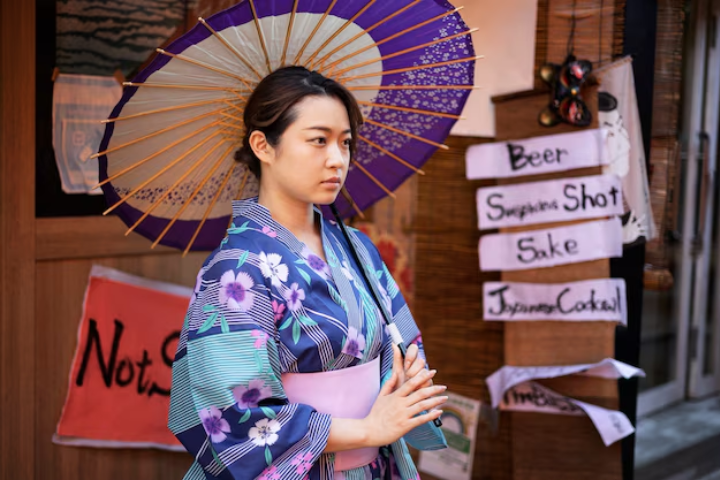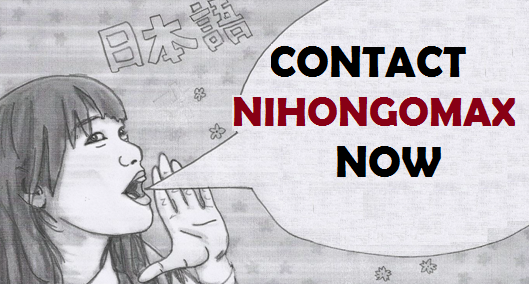


In this blog post we will learn about various types of traditional clothing of Japan. We will go into brief details about them including their significance, designs and usages. So if you are interested in learning about the clothing traditions of Japan, you will find this article very helpful. So, let’s get started.

The national dress of Japan, the kimono, is also the most popular one. It is one of the most famous Japanese traditional clothing. Kimono first originated during the Heian period(794-1185). Kimono is a T- shaped, long sleeved garment. It is carefully wrapped around the body with a particular technique. And the fit is secured with the help of a sash or wide belt called an obi .
Now there can be variations in the types of kimonos and these variations will depend on various factors. These factors may include marital status, seasons, festivals etc.
In order to wear a kimono people enroll in classes to learn the process of wearing it. Wearing a kimono in itself is a skill which needs to be learned. That is why not everyone in Japan can wear a kimono.
Kimonos come in various colours and designs and you can choose the best one for yourself from a wide variety of options.


My favourite yukata is a lightweight and breathable garment that is easy to wear and move around in. This beautiful piece of clothing looks similar to a kimono but is very different. It does not require you to take lessons to be able to wear it. You can just watch a short youtube video and you are good to go.
You may have also observed that it is very common for the guests to wear yukata after bathing in an onsen at places like Japanese bathhouses.
Made from cotton and light clothing materials, yukata are very comfortable to carry in the summertime and during outings and fun filled festivals.
Yukata being made from light materials are also easily washable and managed.

Hanten is a type of cozy short coat that is worn over casual clothing and sometimes over kimono. It is mostly worn during cold weather and winter months. Hanten is made from thick cotton material which is padded and layered to provide warmth in the cold weather. It was a very common clothing item to be worn during the Edo period by the common people to protect them from cold.
It is still widely popular in Japan to wear Hanten in the winter. It is soft and comfortable and gives people a feeling of that much needed hug.

Haori is a short jacket that is worn over a kimono. It can be thought of as a more formal version of hanten. It has beautiful designs and is often worn during festivals. Haori is mostly made from finer and more elegant fabrics such as silk. This makes the overall look very beautiful and elegant during important occasions.
You can tie this wide sleeve coat using beautiful strings called haori himo, provided at the front.
In modern times, you can wear haori over your casual clothes as well to add a touch of tradition.

Happi is a type of short coat/ jacket that is usually made of cotton. It is a loose fitting clothing item that is mostly worn during a festival or matsuri. It is characterised by its vibrant colours, and bold designs and symbols printed on it.
Happi coats were originally worn by workers, but now they can be worn by anybody from all occupations and ages. Besides being used in matsuri, happi is also worn by many shopkeepers.
Happi is made from breathable and light cotton fabric which makes it a good option to be worn during summer season and while performing activities in a matsuri.

Jinbei is a casual wear summer clothing made of cotton. It is a two piece outfit having a matching top and a short. It is made from breathable and light fabric making it perfect for the hot weather in Japan. Jinbei is mostly worn at home, for casual outings or just for relaxing. Jinbei can be worn by all genders and people of all ages.

It is a traditional Japanese work clothing. It is usually worn by Budhist monks. It is a two piece set having a matching top and a bottom. The top is tied sideways with the help of strings attached to it. The material of this clothing is usually cotton or linen. This provides comfort to the person wearing it.
Thankyou for reading this article. You can browse more such blog posts on this website.
References: https://www.youtube.com/watch?v=D4ePdRnKKfY